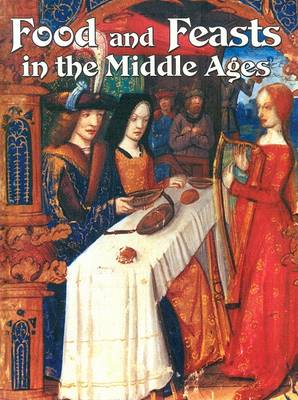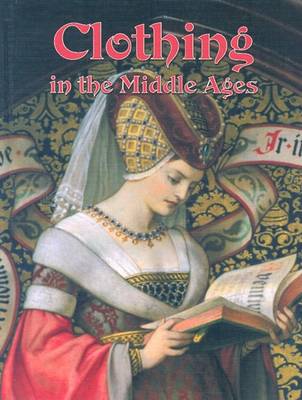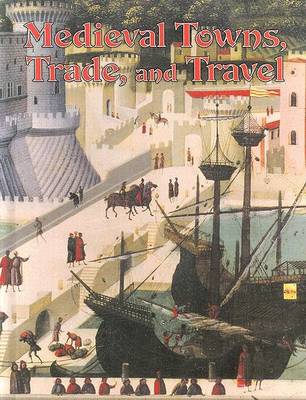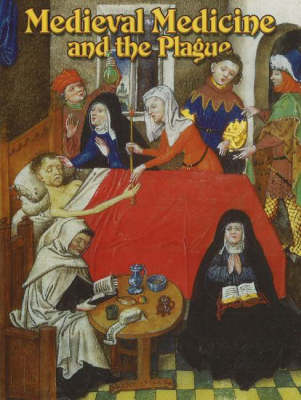Medieval Worlds S.
5 total works
Ages 7 to 14 years. In the Middle Ages, a family's position in society determined where children lived, what type of education they received, and what games they played. This colourful book features beautiful artwork that helps show how children spent their days in medieval times. Topics include: the importance of family; a carefree life for young children up to the age of seven; home-made toys; indoor games including chess, backgammon, and cards; outdoor activities including hunting, horseback riding, and archery; growing up a peasant; children in town; apprenticeships for older children; noble boys learning how to become a knight; noble girls learning how a lady runs a household; clothing and hygiene; education according to sex and status; religion and a child's moral upbringing; holidays; community fun at markets and fairs.
Ages 7 to 14 years. Feasts were a common way of drawing families and communities together in the Middle Ages. They were also used as an opportunity to display a noble family's wealth. This delightful book takes readers inside a medieval kitchen highlighting utensils used in food preparation, the servants who worked there, and how food was prepared. Topics include: farming and livestock; the harvest and how food was preserved; markets and fairs; herbs and spices to flavour salty foods; food in other cultures of the same period; towns and the merchant class; the butcher, baker, brewer and other tradespeople; the medieval kitchen; hunting, hawking and fishing; the extravagance of the noble's feast; feast days, celebrations, and the Church; food shortages and famine.
Ages 7 to 14 years. For nobles in the Middle Ages, clothing was a symbol of power and status. Their clothes were costly, made of beautiful material and encrusted with jewellery. Peasants wore work clothes made of coarser material. Young readers will be fascinated by this new book that features fashions from the days of knights and ladies. Topics include: making fabrics; peasants' clothing; trade, towns, and textiles; fabrics from far away; style in towns; a noble's clothing; children's clothing; protected by armour; dressed for prayer; clothing in other cultures; hygiene; beauty.
Ages 7 to 14 years. People who lived in towns in the Middle Ages were usually part of the merchant class and were more often than not wealthier than village dwellers. These craftsmen and business owners were independent men and women who did not work in service to anyone but themselves. Medieval Towns, Trade and Travel features daily life in a town, the artisans and businesspeople who populated it, and what kind of transportation was available in the days of horse and cart. Topics include: the daily life of a family in town; trades for food including the butcher, the baker, and the brewer; trades for equipment such as the blacksmith and the woodworker; belonging to a guild; apprenticeship for a trade; travel in the Middle Ages; staying close to home because travel was time-consuming and uncomfortable; travel by horse -- the fastest way; inns and taverns for weary travellers.
Ages 7 to 14 years. Medicine was a mysterious art in the Middle Ages and had not yet benefited from the scientific discoveries we take for granted today. This astonishing new book illustrates how death and incurable disease were considered a common part of medieval life. Young readers will be fascinated by the history of the Black Death, or the Plague, which killed millions of people in Europe, and why medical treatments in the Middle Ages were often worse than the disease. Topics include: a timeline of medical changes through the Middle Ages; common medieval diseases and their causes, such as smallpox, tuberculosis, diphtheria, and leprosy; "The Back Plague" and the modern explanation for it; the Four Humors; operations and treatments such as bloodletting, cupping, cauterising; medicine makers such as apothecaries and housewives; famous doctors such as Hippocrates, Galen, Rhazes and Avicenna; women's place in medicine.




